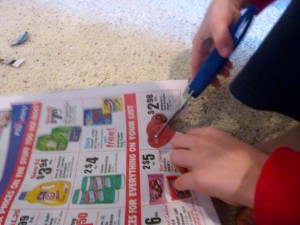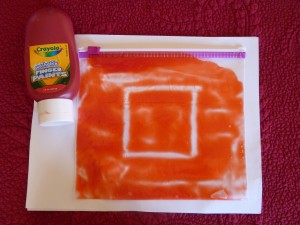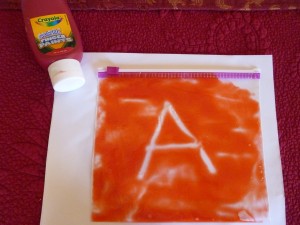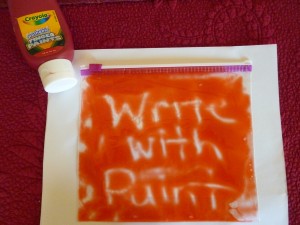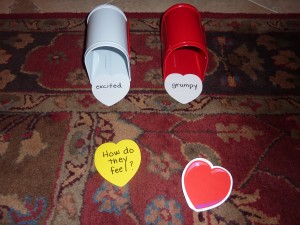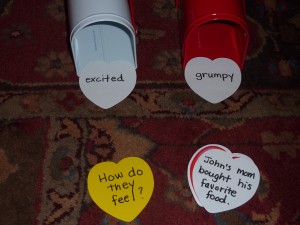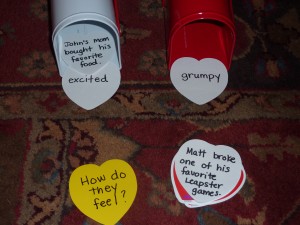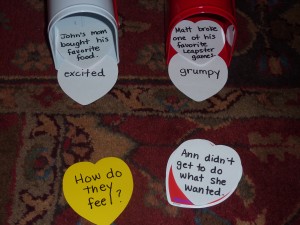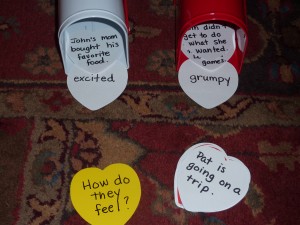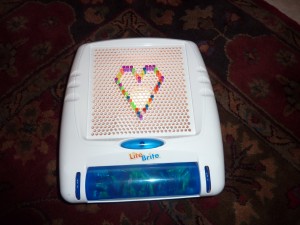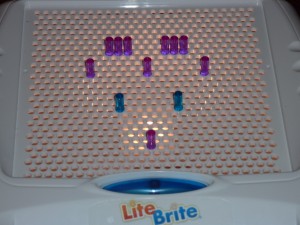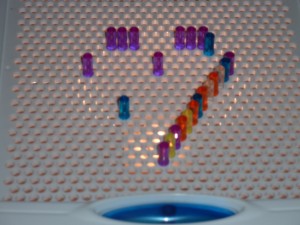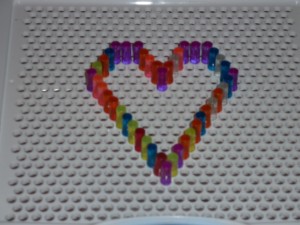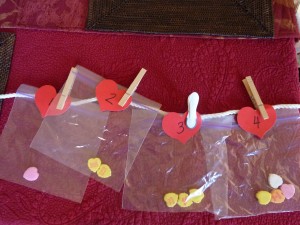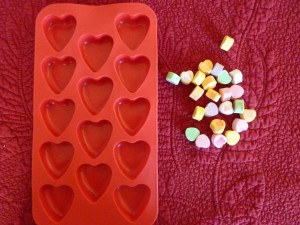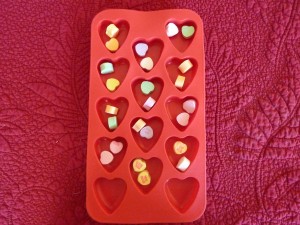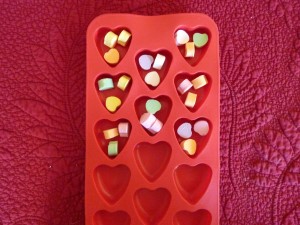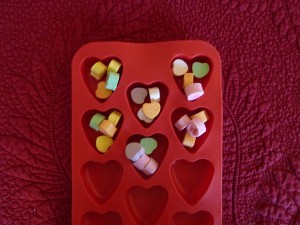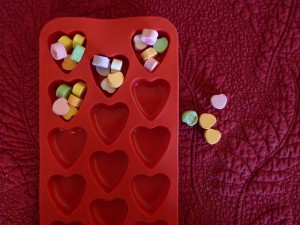I know I say this all of the time but I really do love that there are so many wonderful and unexpected items sitting right in my cupboards that allow me to help Andrew build skills! I found this bulb syringe, aka the booger bulb, while cleaning out our medicine cabinet and figured since it hadn’t been used in years, it was time to get rid of it.

That is, until I squeezed it…

and realized that it would be perfect for him to build his pincer grasp and hand muscles while being able to feel and see that the liquid was disappearing into the bulb…

and then squeezing it again to squirt it back out. How fun! This also involved a bit of experimentation because if he squeezed a little, only a little water went in, but if he squeezed a lot, then a lot of water goes in. It took a few tries and some hand over hand at first but eventually he got the hang of it!

As an auditory component, I found it helpful to tell him the syringe was sucking the water in, holding it’s breath and then spitting the water back out. You could even draw a face on it and pretend like it was an elephant sucking and spitting out water with its trunk!

He had a ball with it and even asked to take it in the tub to play with it. Â Hmmm… more motor skill building? I guess so! 🙂 Love, love, love sneaking in skills while he just thinks it’s fun and games!
Engage, Encourage and Empower!


